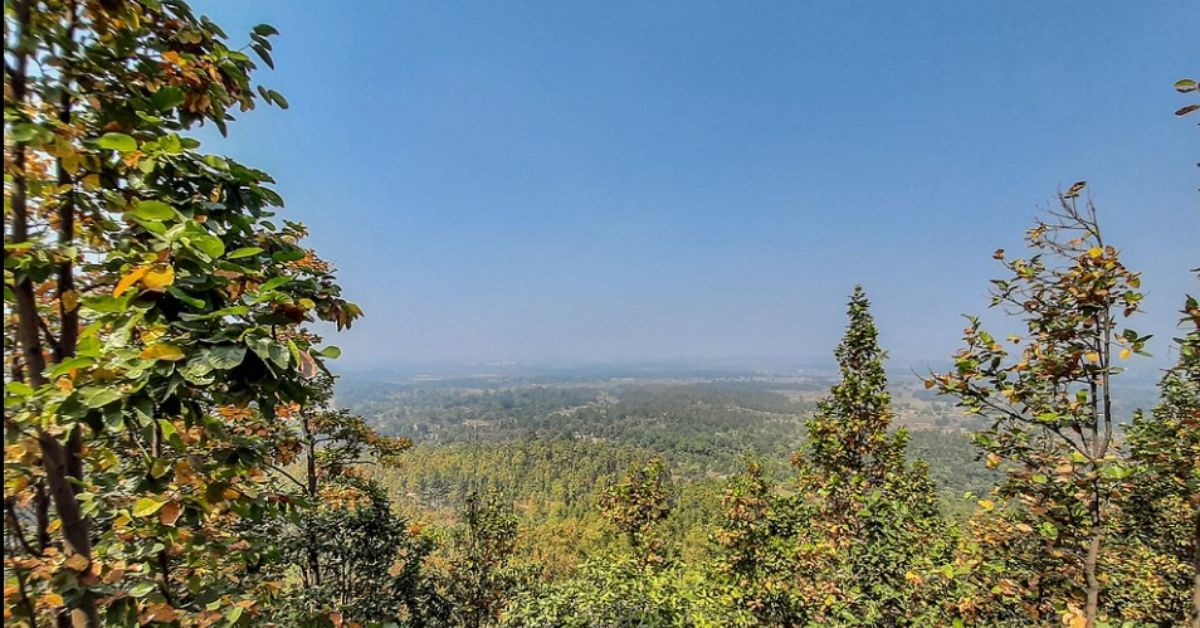Challenging the long-held notion that continents first emerged from the ocean 2.5 billion years ago, scientists in India, Australia and the US have found that this phenomenon occurred much earlier — 700 million years prior, in fact.
In a recent paper published in Proceedings of the National Academy of Sciences, researchers said, “Understanding when and how subaerial continental crust first formed is crucial, as it likely played a critical role in establishing Earth’s habitability. Although debated, the broad consensus is that the subaerial rise of continents began nearly 2.5 billion years ago and was driven by plate tectonics. Here, we integrate the igneous and sedimentary history of Archean cratons to demonstrate that stable continental landmasses started to emerge above sea level 3.3 to 3.2 billion years ago (i.e., over 700 million years earlier than most models predict).”
The earth’s ‘first’ beach
What’s interesting to note is that the researchers believe this land to be what is now the Singhbhum region in Jharkhand. The team analysed sandstones that had geological signatures of ancient river channels, tidal planes and beaches that date back to over 3 billion years ago, representing the earliest crust exposed to air.
Scientist Priyadarshi Chowdhury, the study’s lead author, told The Indian Express, “We found a particular type of sedimentary rocks called sandstones. We then tried to find their age and in which conditions they have formed. We found the age by analysing the uranium and lead contents of tiny minerals. These rocks are 3.1 billion years old, and were formed in ancient rivers, beaches, and shallow seas. All these water bodies could have only existed if there was continental land. Thus, we inferred that the Singhbhum region was above the ocean before 3.1 billion years ago.”
He also told The Telegraph that this is the “most direct, unambiguous date yet for the emergence of continental land”.

Another interesting thing that emerged from this finding was that the widely-considered notion that plate tectonics contributed to the emergence of the landmass did not hold true in Singhbhum’s case.
According to Live Science, the chemical composition of the rocks provided information about the pressure and temperature at which they first formed. Taking these into consideration, the scientist team built a model to recreate the conditions that formed the rocks and eventually thrust them to the ocean’s surface.
Remember, this was a time when the earth did not have the plate tectonics mechanism that is needed to push land to the ocean’s surface. “We have plate tectonics today to control elevation. When two continents collide, you form Himalayas, you form Alps. That wasn’t the case three billion years ago,” Chowdhury told The Guardian.
So in Singhbhum’s case “hot plumes of magma beneath the crust caused portions of the craton to thicken and become enriched with buoyant, lightweight materials, like sicilia and quartz. This process left the craton ‘physically thick and chemically light’, as compared to the denser rock surrounding it, and thus buoyed the land mass up and out of the water”, Live Science noted.
The emergence of this landmass would also have contributed to the formation of early life on land, as well as weathering and nutrient runoff into the ocean. These nutrients might have helped early photosynthetic life flourish, which in turn produced oxygen that helped create the rich atmosphere we currently live in, the scientists said.
“The delivery of these essential nutrients to the oceans on the early Earth was critical in establishing and maintaining the earliest life-forms. The emergence of the first landmasses was therefore a pivotal event in our planet’s history,” Chowdhury said.
Meanwhile, other areas that contain sedimentary rocks of similar ages include the Kaapvaal Craton in South Africa, and the Pilbara Craton in Australia. How much land was exposed at one time and how long these landmasses remain above water, however, remain a mystery for now.
Edited by Yoshita Rao
No comments:
Post a Comment